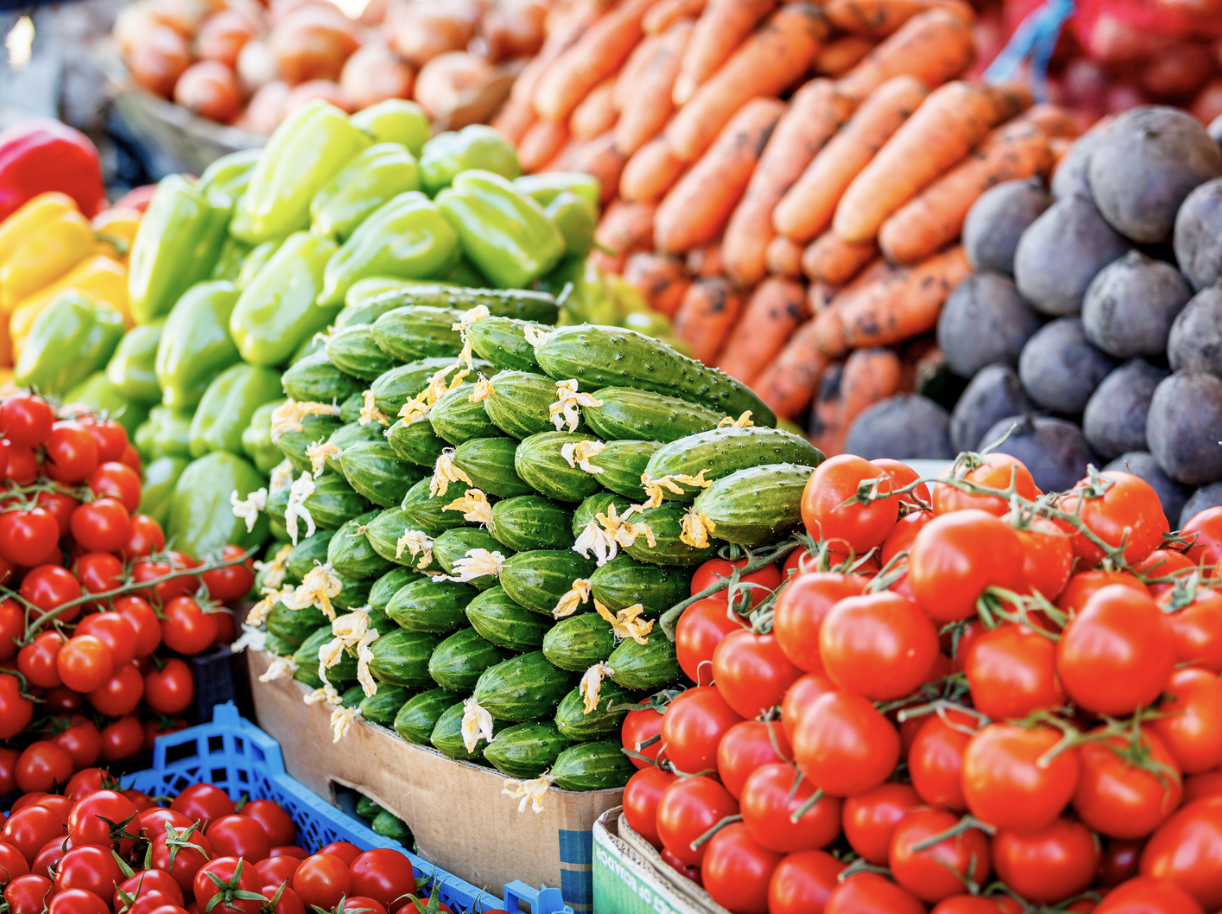The United Nations Food and Agriculture Organization (FAO) reported a modest decline in global food prices for August. The FAO’s world food price index decreased to 120.7 points, down from a revised 121 points in July. This slight drop is attributed to lower prices for sugar, meat, and cereals, which offset increases in dairy and vegetable oil prices.
This August figure represents a 1.1% decrease from the same month last year and is 24.7% lower than the peak reached in March 2022, following the onset of the Russia-Ukraine conflict. The FAO index had previously hit a three-year low in February, reflecting a retreat from the record high experienced in early 2022.
In a separate update, the FAO revised its global cereal production forecast for 2024 downward by 2.8 million metric tons to 2.851 billion tons, nearly matching last year’s output. The reduction is primarily due to diminished crop prospects for coarse grains in the European Union, Mexico, and Ukraine, driven by adverse hot and dry weather conditions.
Additionally, the FAO adjusted its forecast for world cereal utilization in the 2024/25 period, lowering it by 4.7 million tons to 2.852 billion tons, representing a slight 0.2% increase from the 2023/24 season. The forecast for global cereal stocks at the end of the 2025 season was also reduced by 4.5 million tons, bringing the estimate to 890 million tons.
These updates highlight ongoing challenges in global food markets, with fluctuations in production and prices reflecting broader economic and environmental impacts.





